Biologies and the Chemical Infrastructures of Global Health

Published at 12 September 2014

Chemicals are key material features of the infrastructure of global health. While the models for disease control deployed in global health projects tend to treat chemicals as stable objects, I ask what might happen if we saw them instead as unstable things, implicated in fluid interactions. A view of health as constituted of things rather than objects has three advantages. First, it pushes theories of biopower in global health beyond attention to the bureaucratic regimes of life-management. Second, it shows how health-seeking practices belie neat spatial scales. Third, chemicals reveal the aesthetic nature of health.
Alex Nading is an anthropologist of science, medicine, and the environment. He is Assistant Professor at the Department of Anthropology, Franklin & Marshall College (Pennsylvania, USA) and a Fernand Braudel Fellow 2013-2014 at the Collège d’études mondiales - Chair Anthropology and global health. His research and publications examine participatory mosquito control programs for dengue fever prevention in low-income urban Nicaragua; the production and field-testing of genetically sterilized dengue mosquitoes and genetically engineered dengue vaccines; and the social production of the “human microbiome” in greater Managua.
More information: http://www.alexnading.com/
This text was written in the frame of the Chair Anthropology and global health at the Collège d’études mondiales - Fondation Maison des sciences de l’homme, thanks to a Fernand Braudel IFER Fellowship 2013-2014. It constitutes part of the preliminary chapter of Mosquito Trails: Ecology, Health, and the Politics of Entanglement, University of California Press, August 2014.
Follow our news and receive our invitations!

